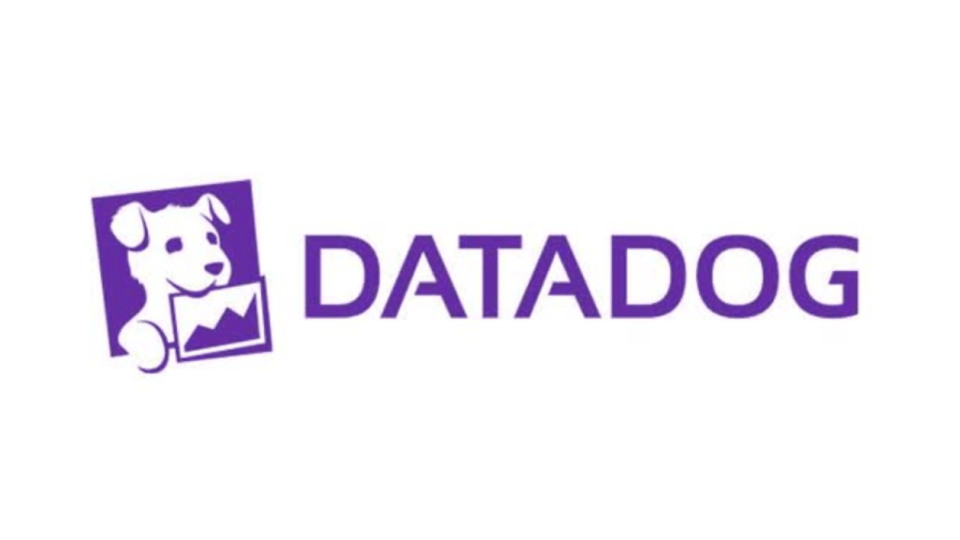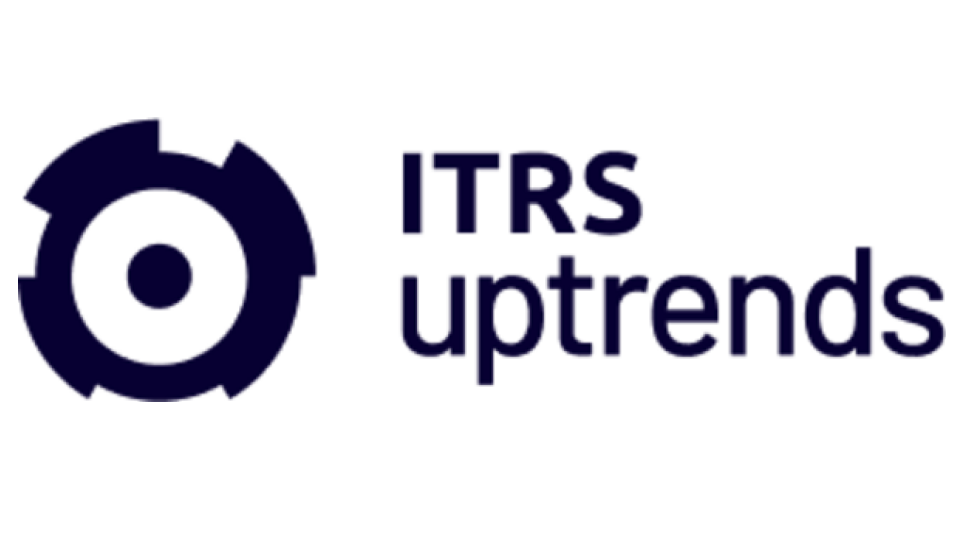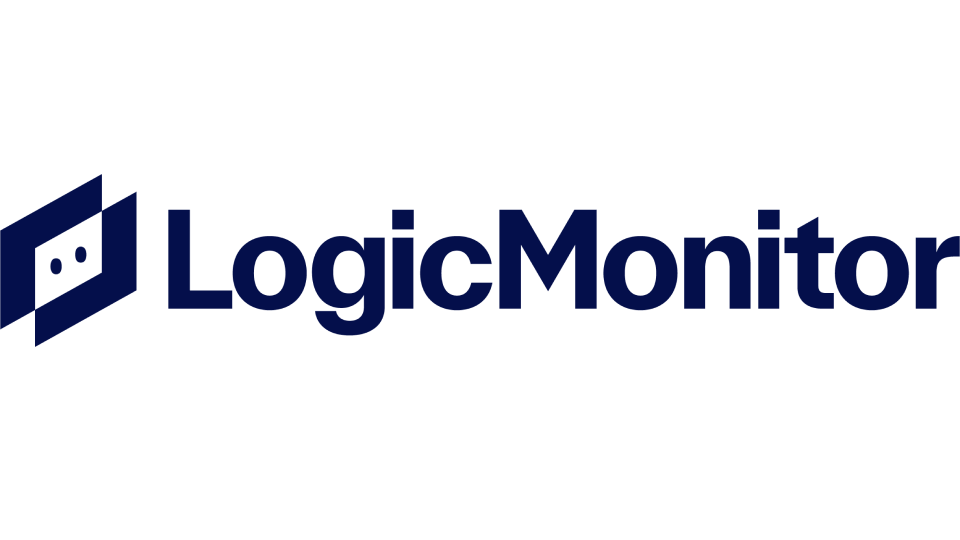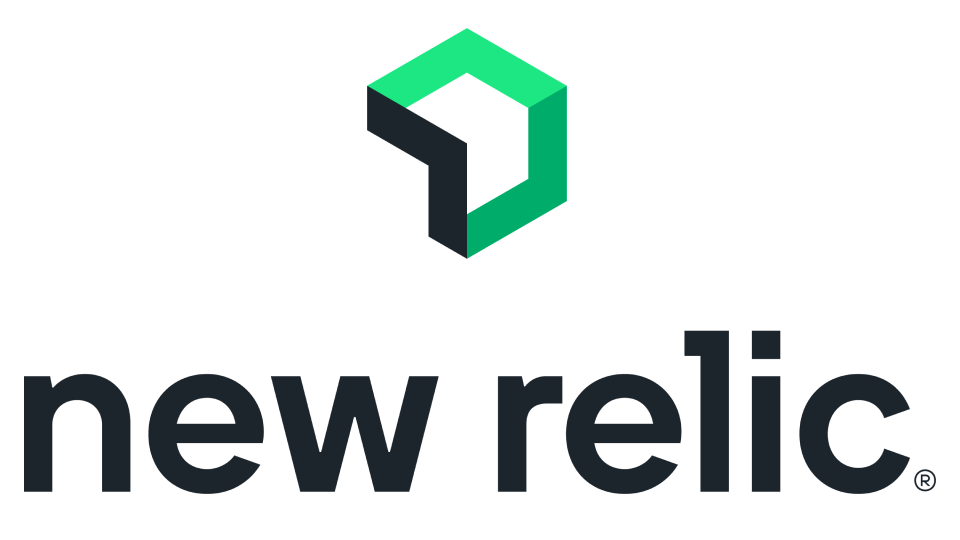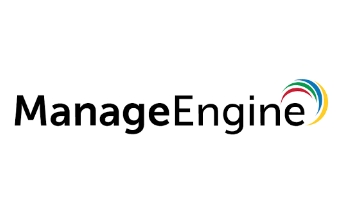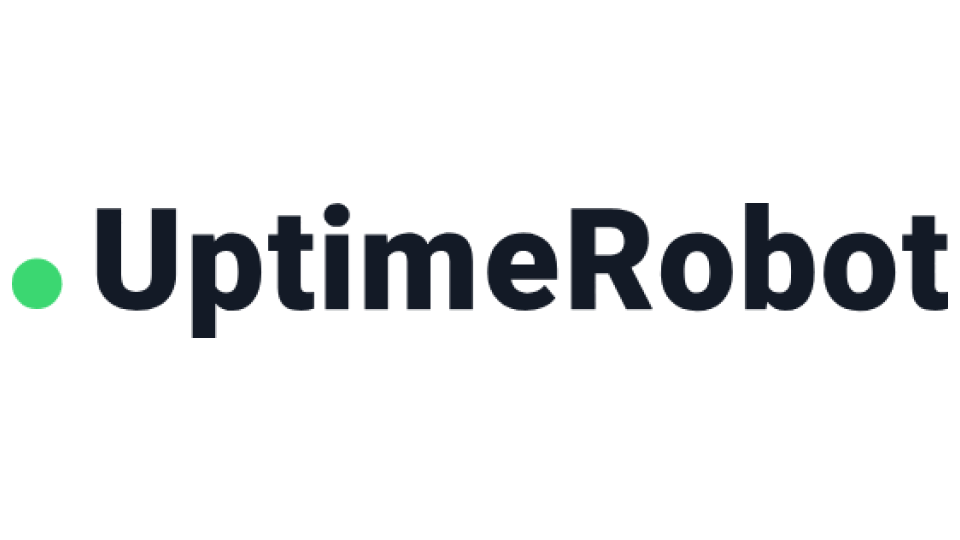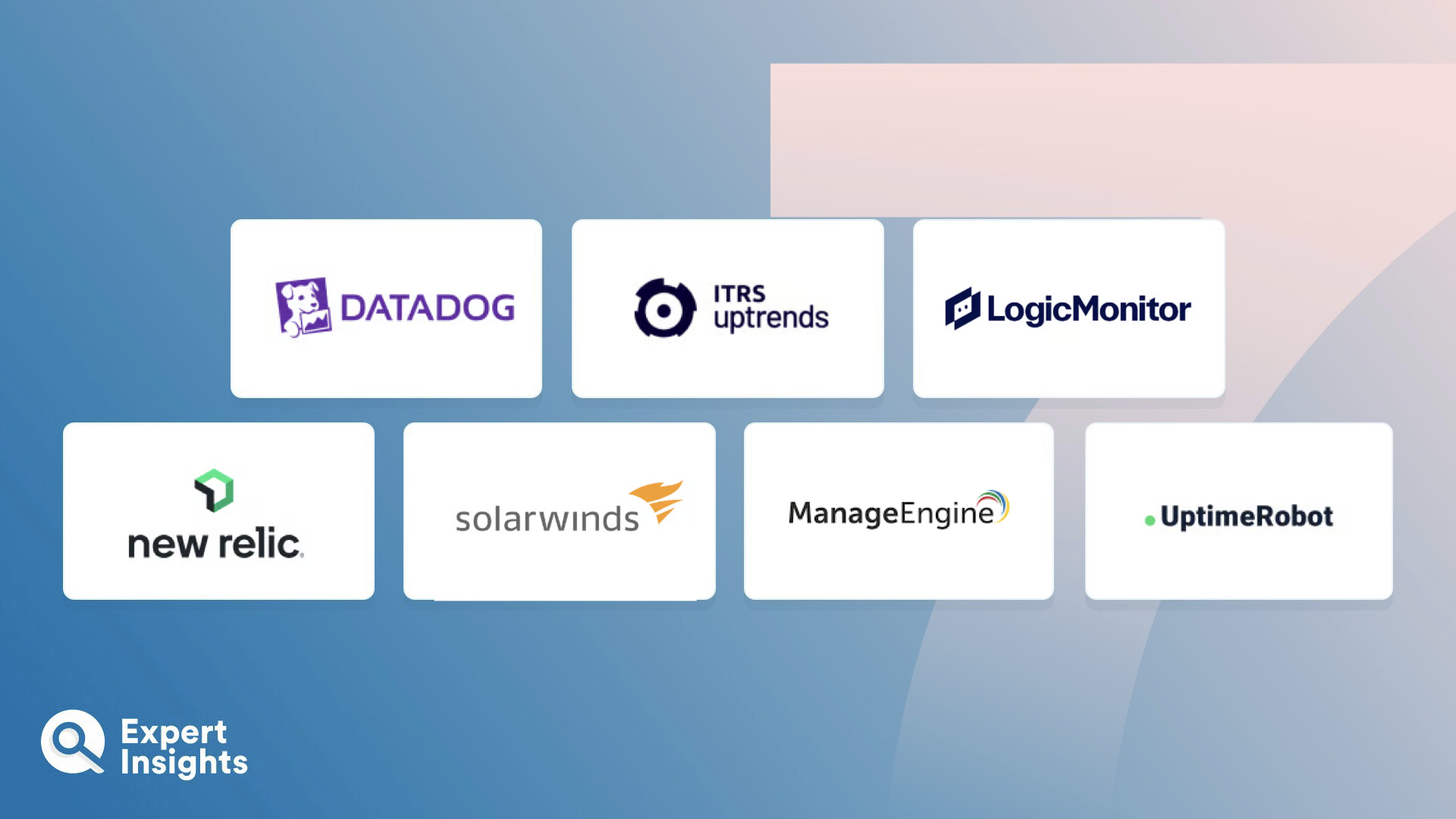As with any infrastructure, websites and digital services need ongoing monitoring and management to ensure they don’t. They need to be maintained, serviced, updated, and kept secure against threats. The importance of website monitoring software cannot be understated on order to maintain business operations and services. These tools effectively monitor and maintain performance, uptime, and overall health of websites around-the-clock, ensuring that businesses maintain an optimal online presence. They ensure that teams can quickly identify, and be alerted to, any issues that might hinder user experience or functionality.
Website monitoring tools facilitate uninterrupted website availability by efficiently detecting outages and downtime. This ensures that businesses can retain customer trust and avoid potential revenue losses. Additionally, these tools provide insights into website performance, tracking various metrics like page load times, response times, and transaction paths, thereby improving and refining the user experience. By analyzing traffic patterns and visitor behavior, these tools can help website administrators to identify potential areas for improvement or expansion.
There are many great options for website monitoring solutions on the market; picking the right one can be time consuming and complicated. To help with this selection process, we’ve put together a guide to the Top Website Monitoring Software solutions. Our assessment is based on a detailed analysis of their features, user-friendliness, versatility, and customer reviews. Through technical scrutiny and user feedback analysis, we aim to present a list that encompasses the frontrunners in the industry, catering to a wide spectrum of needs and budgets.



